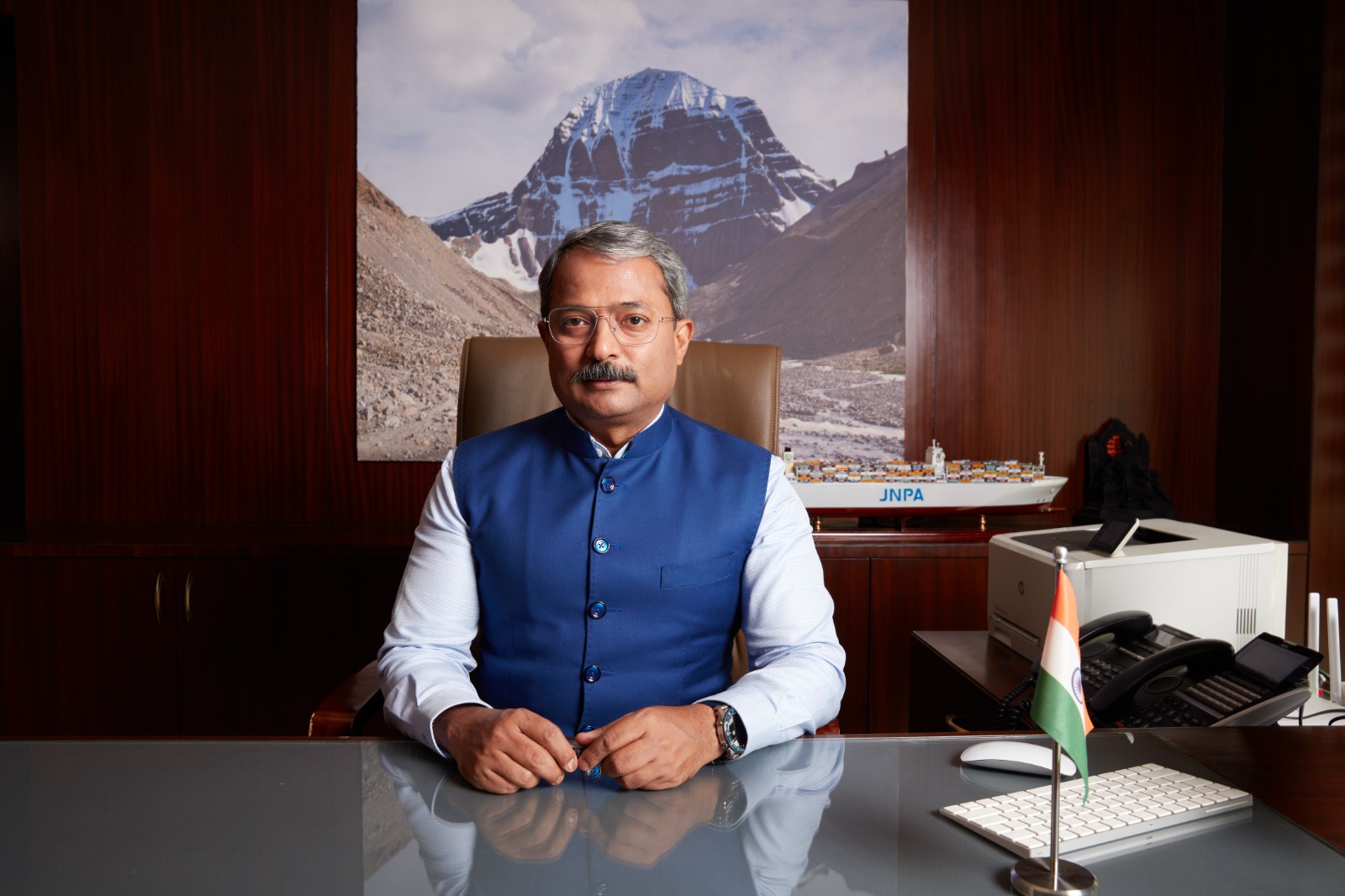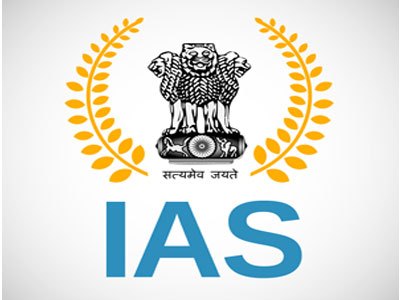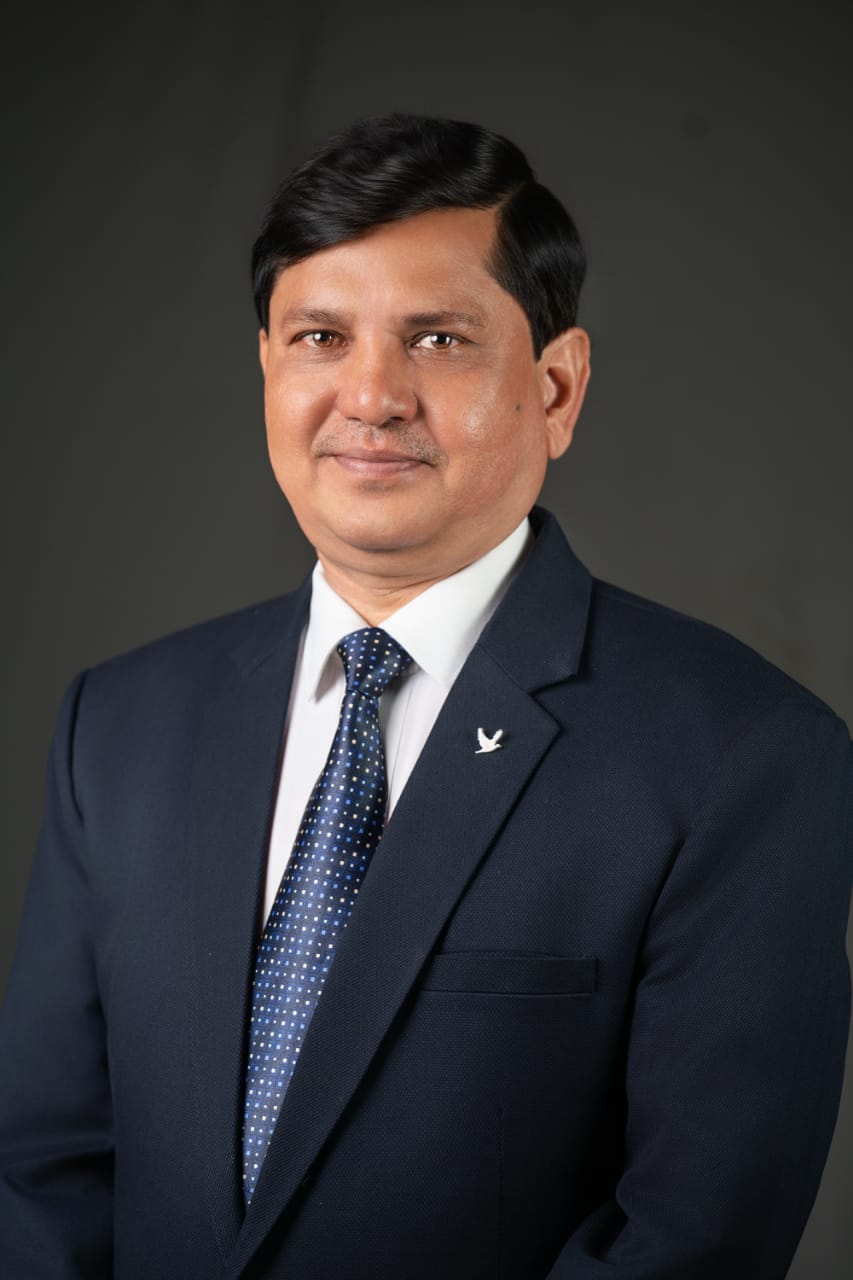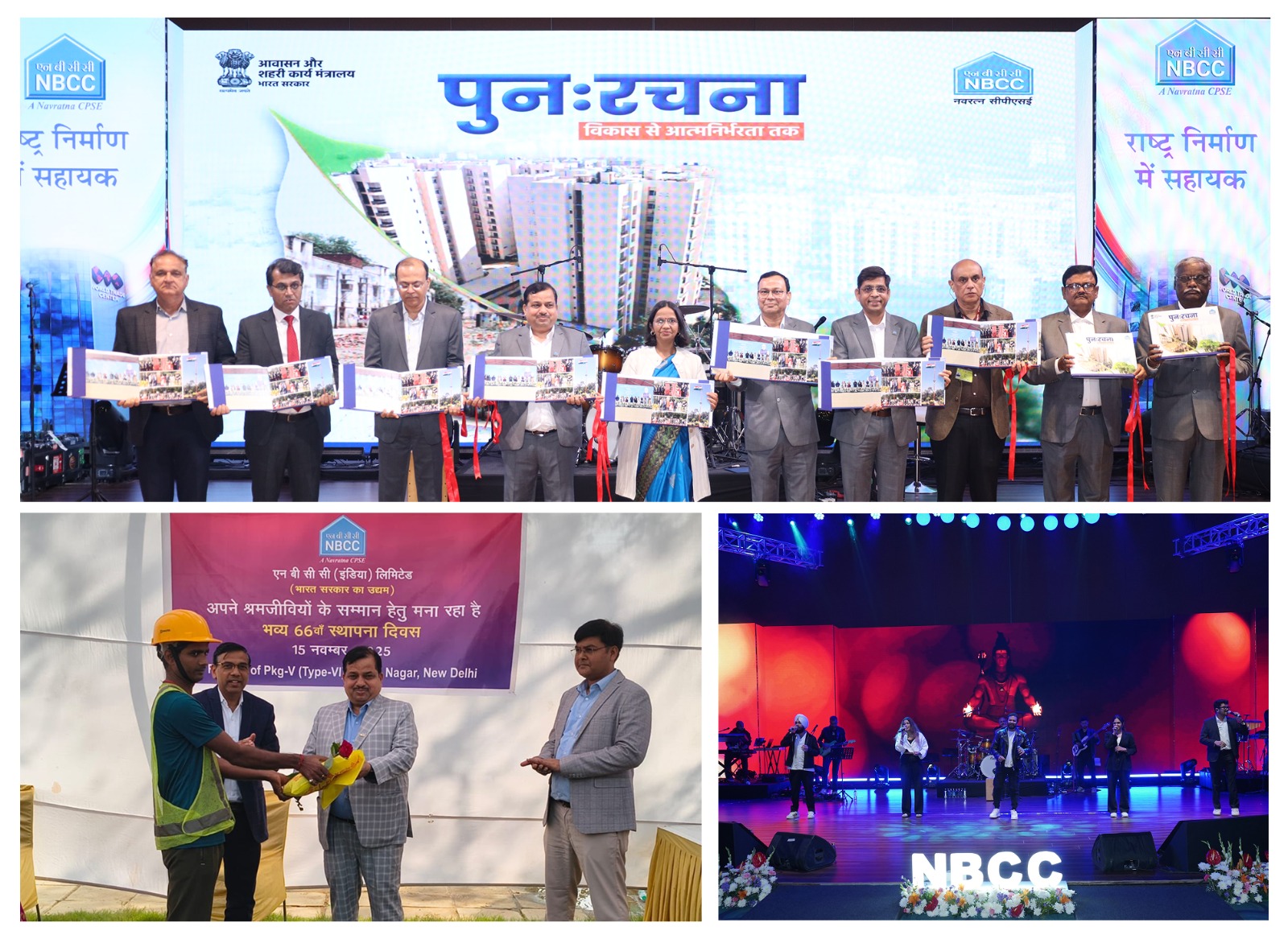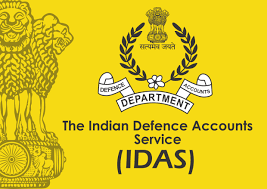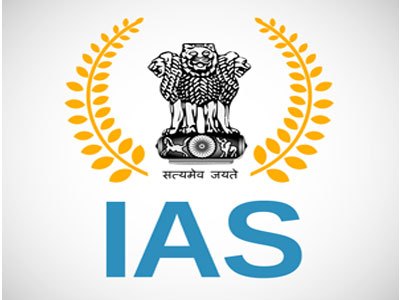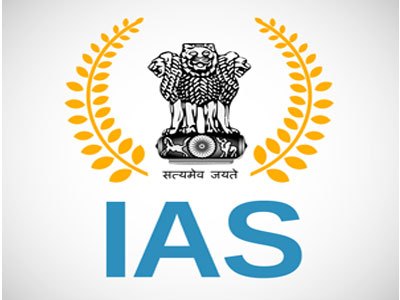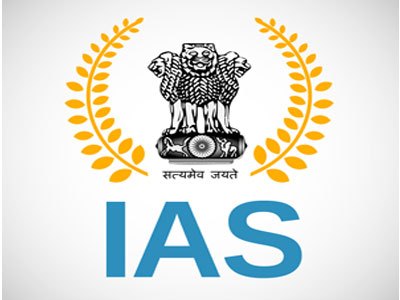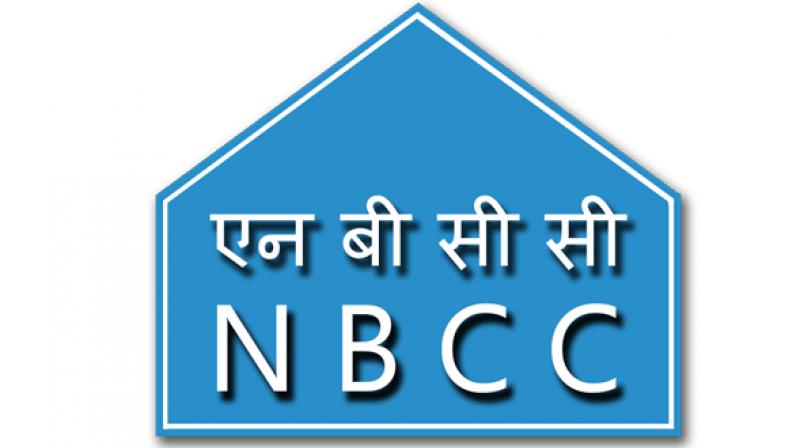1) With the Vadhvan Port receiving government approval, what are the next steps towards its development?
Answer: JNPA issued an expression of interest (EoI) seeking a private partner for the development and maintenance of dredging, offshore reclamation, and shore protection works through a public-private partnership (PPP) under the Hybrid Annuity Model (HAM). This initiative covers essential infrastructure for the Vadhvan port, including dredging, reclamation, shore protection, breakwater construction, approach trestle, rail and road connectivity, land acquisition, and other common utilities. Through the National Highways Authority, the land acquisition process for the roads connecting the port will commence first. Following this, the tender process for port construction will be initiated, with actual construction expected to start after the monsoon season of 2025. Concurrently, necessary land acquisition and railway construction work will be undertaken to ensure rail connectivity to the port. The port infrastructure will consist of nine container terminals, each having 1,000 meters quay length, four multi-purpose berths, four cargo berths, a Ro-Ro berth, a coastal cargo berth, and a coast guard berth. Approximately 1,448 hectares of offshore area will be reclaimed, and 10.14 Km of breakwater, along with container and cargo storage areas, will be constructed for this project. The port will be developed in two phases, with the first phase aiming to add 10 million TEU capacity by 2030.
2) Can you elaborate on the international significance of the Vadhvan Port and its potential impact on global trade?
Answer: The all-weather Greenfield deep-draft major port at Vadhvan in Maharashtra will be a key component of the India-Middle East-Economic-Corridor (IMEC). The IMEC includes an Eastern Corridor linking India to the Gulf region and a Northern Corridor connecting the Gulf region to Europe. This corridor will incorporate a network of railways, ship-rail transit, and road transport routes. The Vadhavan port will serve as the primary feeder port for IMEC, facilitating cargo movement to Chabahar Port in Iran and the International North South Transport Corridor. Besides, as regards connectivity, the DFC is just 12 km away, National Highway 32 km away, and the proposed expressway at a distance of 22 km. So the hinterland evacuation will be very easy. All this makes the opex very small. Hence, it will be a very efficient port.
3)Despite government approval, there is still some local opposition to the Vadhvan Port. How do you respond to these concerns, and what message would you like to convey to the local communities?
Answer: There are two concerns regarding locals - livelihood and environment. All environment concerns have been addressed. There is no cutting of mangroves, no displacement of villagers, no refinery and no flooding. On the livelihood front, there will be no major loss of livelihood. For those who will be impacted, we are ready to compensate as per Maharashtra government policy which is the best in the country. More importantly, the port will generate a million direct and indirect employment, most of it blue collar. We have identified 27 skillsets and have already started giving training to the locals. The project is expected to create direct and indirect employment for over 1 million people. Approximately 90% of the blue-collar jobs will be allocated to residents of the Palghar district. Over 50,000 youths will receive necessary training, facilitated in collaboration with local institutions, to ensure a skilled workforce. Additionally, numerous CSR activities are planned, and some are already in execution for community betterment.
4) How are investors perceiving the development of Vadhvan Port, and what kind of interest and confidence are you seeing from them?
Answer: We have received significant interest in the Vadhvan port project from various investors. Financial institutions like PFC, REC, World Bank, IDBI, JICA and other foreign funds have expressed their willingness to fully fund the project. JNPA has signed MOUs worth Rs. 20,000 crores each with the Port of Singapore Authority and CMA CGM for the Greenfield Port Development at Vadhvan. Additionally, DP World and APM Terminals, among the largest container terminal operators globally, have also signed an MoU with JNPA. One line Shipping has also expressed their willingness.
5)How has the experience been thus far as a 100% landlord port? Is this the model other Major Ports should also follow?
Answer: We became a landlord port last year when JSW Infrastructure won the bid to develop the new liquid cargo terminal. As I said, our first PPP has completed 27 years and we learnt quite a few lessons along the way. There have been issues and there has been conciliation. But our outlook has always been that PPP operators are partners in the port’s growth and prosperity. We brought the best of global players here by choice, so we have to accommodate them. Their issues have to be looked at sympathetically. Their investment, technology and expertise have immensely benefited the port and its stakeholders. The efficiency gain that has happened on the water side is definitely due to the PPP operators. For example, our Turnaround Time is today less than 20 hours, which is one of the best in the world. The ideal mix of a public port with government policy backing and private operators has worked out well for JN Port. We have had a very good experience with PPP and I would say that being a landlord port is the best way forward for other Major Ports as well.
6)What do you attribute to the JNPort’s performance to?
Answer: We are delighted to share that JNPA has continued its growth trajectory with significant increase in handling TEUs. JNPA has taken the lead in transforming the logistics sector, which was reflected in FY 23-24, with the record handling of 6.43 million TEUs witnessing a record throughput, with 6.27% increase. Also noteworthy is the 10.60% growth that JNPA achieved in the first quarter of FY 2024, the highest growth till date. The current month too we are growing by over 13% over same month LY. Our strategic initiatives are focused on significantly enhancing operational efficiency. One of our key goals is to reduce the average turnaround time for vessels to just 17 hours in the near future. This ambitious target is part of our broader vision to streamline operations and deliver superior service. The increasing rate of containerization in India presents a tremendous opportunity for growth, and JNPA is poised to capitalize on this trend. We aim to establish an indispensable link in the global supply chain, thereby strengthening India's blue economy. As we continue to expand and innovate, we remain dedicated to creating a seamless and efficient port environment that supports the dynamic needs of international trade. Our stakeholders trust and collaboration are vital to our success, and we are committed to driving further advancements in the port and logistics sector.
7)Apart from Vadhvan Port, what other developmental projects are currently underway at JNPA?
Answer: We recently received approval from the ministry for the Development of Export-Import cum Domestic Agricultural Commodity-based Processing & Storage Facility at JNPA on July 19, 2024. This is India's first one-of-its-kind facility provided by JN Port. The primary objective of the project is to mitigate wastage due to multiple handling, and unhygienic storage and extend the shelf life of a variety of produce. This initiative aligns with our aim to create a comprehensive port ecosystem. The proposed facility is planned on 27 acres of land and is designed to provide comprehensive services including processing, sorting, packing, and laboratory facilities, emphasizing its commitment to ensuring compliance with food safety and trade regulations and shall cater to the agricultural commodities not only of Maharashtra but also of other states such as Madhya Pradesh and Gujarat. Several infrastructure projects are currently underway at JNPA, with a key focus on enhancing capacity through initiatives such as the Fourth Container Terminal Phase 2. Construction has commenced and is scheduled for completion by April 2025, increasing the terminal's cargo handling capacity to 4.8 million TEUs (2.4 million TEUs per phase). This expansion aligns with JNPA's goal tocontribute to a total capacity of 10 million TEUs, which will make JNPA the first Port in India to have 10 M TEU capacity. JNPA SEZ – our initiative for the port led industrialization, is growing at fast pace with total 45 plots are allotted out of which 9 units and one FTWZ (Co-Developer) are operational. Operational units are Food processing, Confectionery, Warehousing & FTWZ. Furthermore, JNPA is actively developing the Multi Modal Logistics Park (MMLP) in Wardha, Jalna, and Nashik to enhance connectivity between the port and Maharashtra&'s hinterlands. We have also developed a DFC Compliant Common Rail Yard, which will enable us to handle containers through double-stack DFC rakes (Longer in length and double-stack containers) which is the most economical logistic solution to reduce road traffic and road dependency.
8)JNPA's contribution towards enhancing Ease of Doing Business and reducing logistics cost and time?
Answer: Ease of doing business has multiple areas. One is enhancement of infrastructure i.e. almost doubling of container handling capacity, almost doubling of liquid cargo capacity, dedicated coastal berth, enhancement of connectivity in the form of dedicated state-of-art roads linking state and national highways, cemented roads inside the port etc. Then there is simplification of processes; digitalisation, now we only have EIR i.e. gate pass; nothing is physical, all are electronic; automated gates; facilitation at the CPP which reduces time and cost for exporters; DPD and DPE benefits etc.In the future we plan to have a second state-of-art empty container yard inside the port to facilitate faster turnaround of empty containers. Also the proposed integrated agro processing facility inside JNPA, will provide processing, storage, packing facilities and, importantly, generate more cargo. All these will be developed through PPP.
9)Today sustainability is of paramount importance, what initiatives JNPA has been taking towards the same?
Answer: We are very serious about sustainability. As a part of our sustainability initiatives and vision for a green future, all our container terminal operators are transitioning towards green energy. It also gives me pleasure to tell that JNPA's share of green energy has reached 42%. We are optimistic about achieving 50% by the end of this financial year and we are confident that we will exceed the 60% target set under MIV 2030.As a part of our green port initiatives, we provide shore power supply to tugboats reducing diesel consumption and at the same time we are also coming up with a pilot project that will provide shore power to vessels as well. Within the next 2-3 years we will not allow container ships to run their engines while at berth. During the same period we also plan to convert all our shore-to-yard trucks to electric. And in the next 5 years we will not allow any diesel truck inside JNPA. Besides, as I said, Vadhvan will be a green port since inception. That is our ambition and we have already started the necessary work.
More than 2 Lakh trees will be planted inside the SEZ of which already 1.16 lakh saplings have already been planted so far in the green belt of SEZ and we have also undertaken rejuvenation of water bodies around the Port to improve the area’s ecological and environmental quality.
